Visuelle Kommunikation
Master
Anna Gvelesiani
More than Words: Exploring Visualization of a Fairy Tale
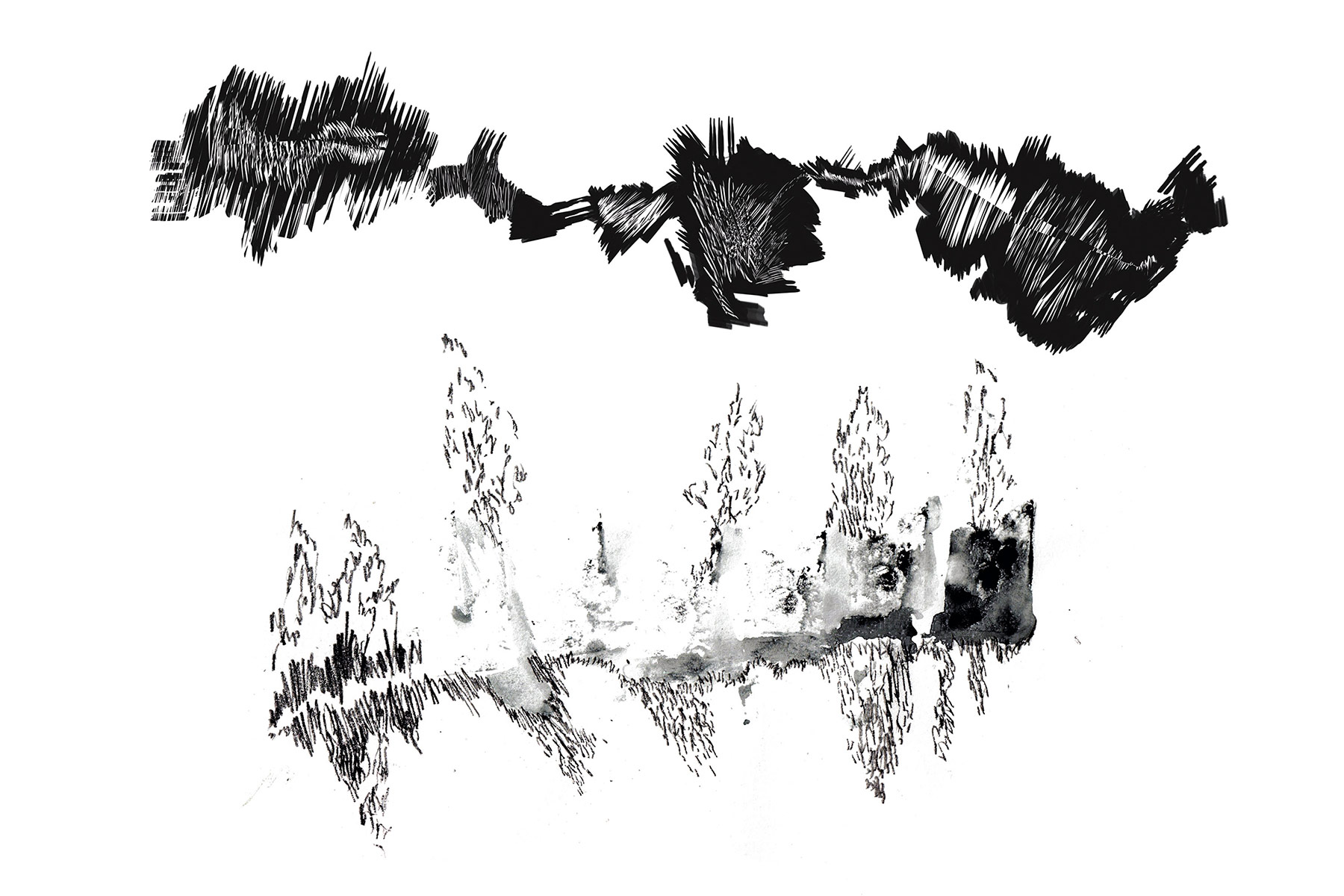
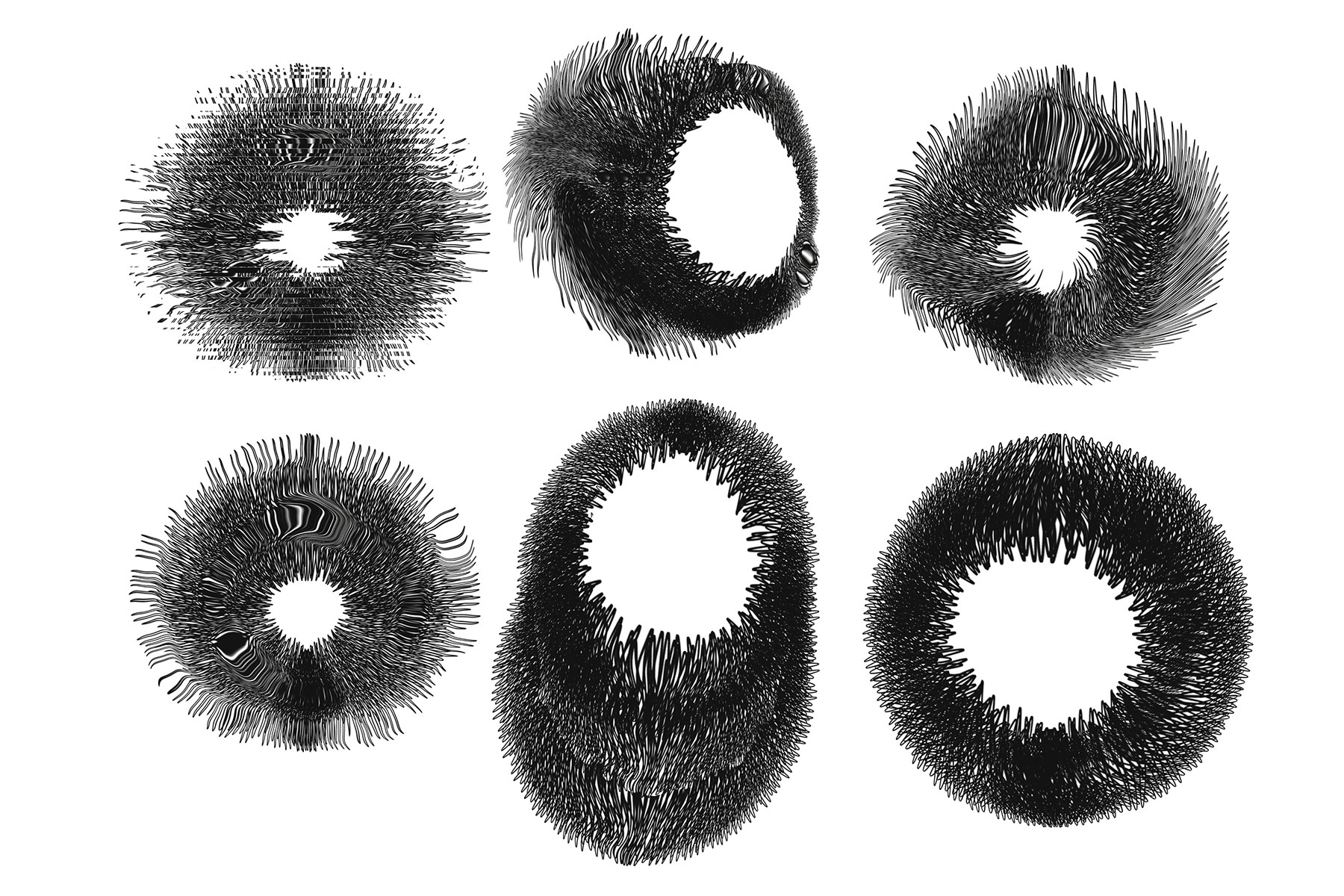
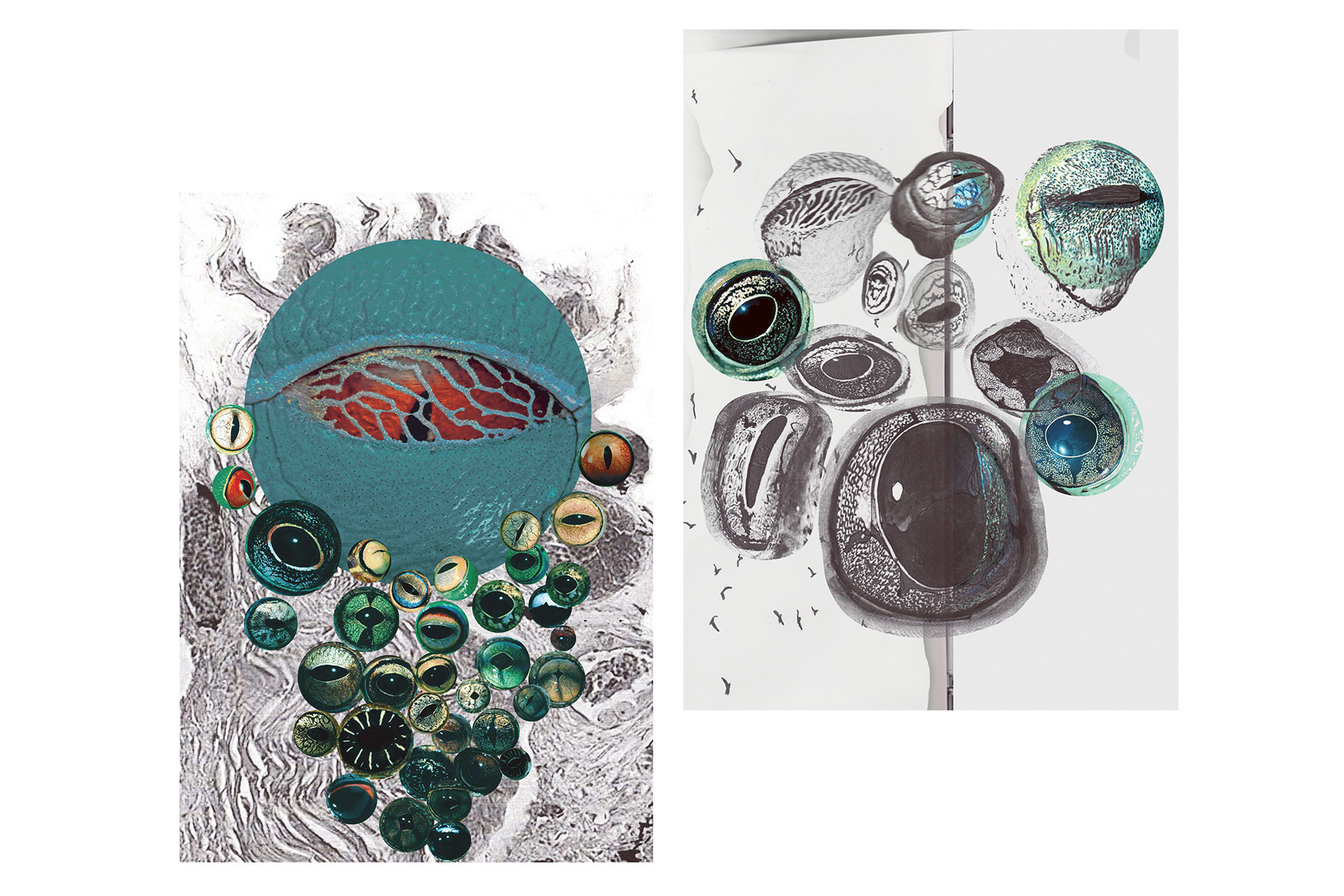
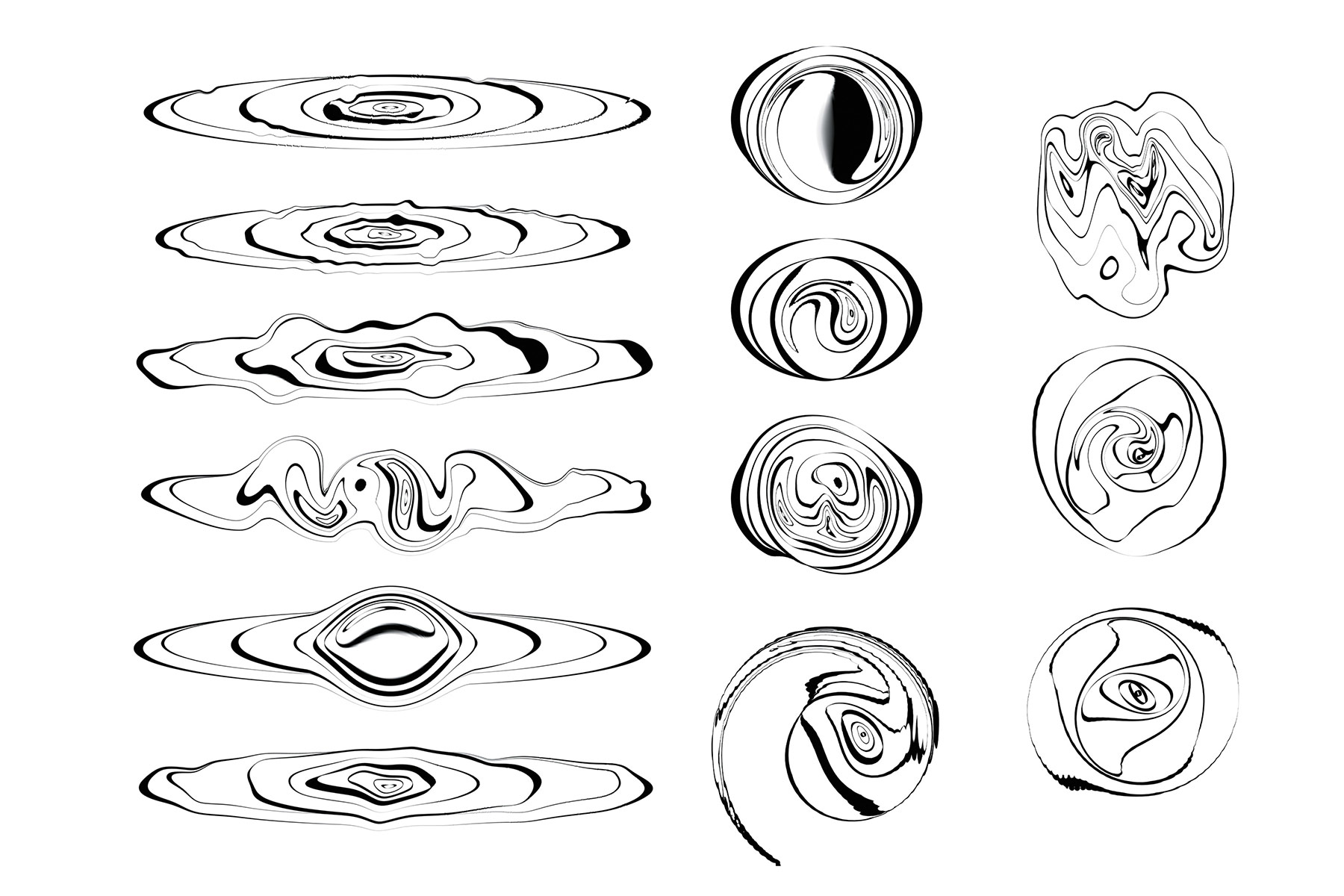
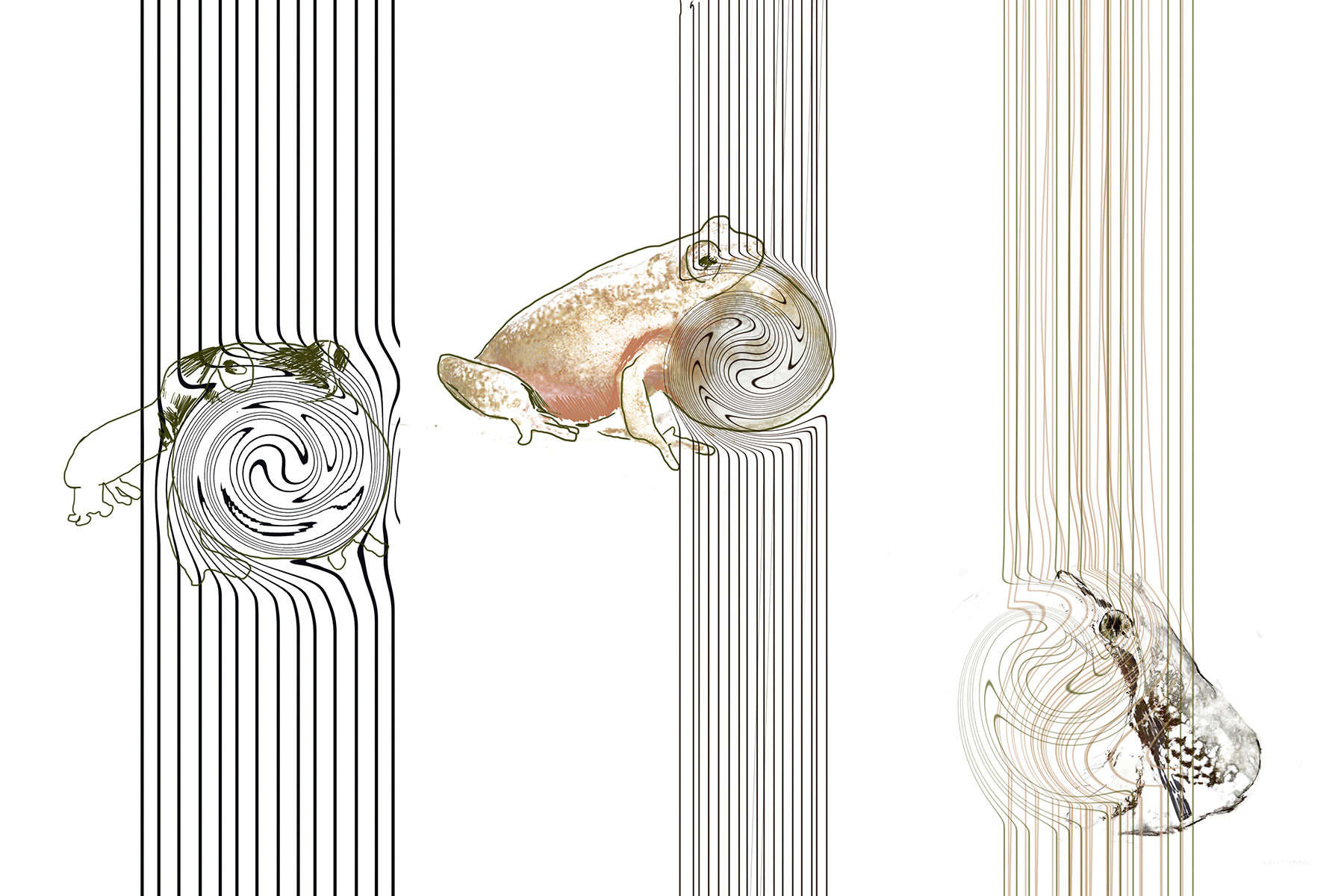
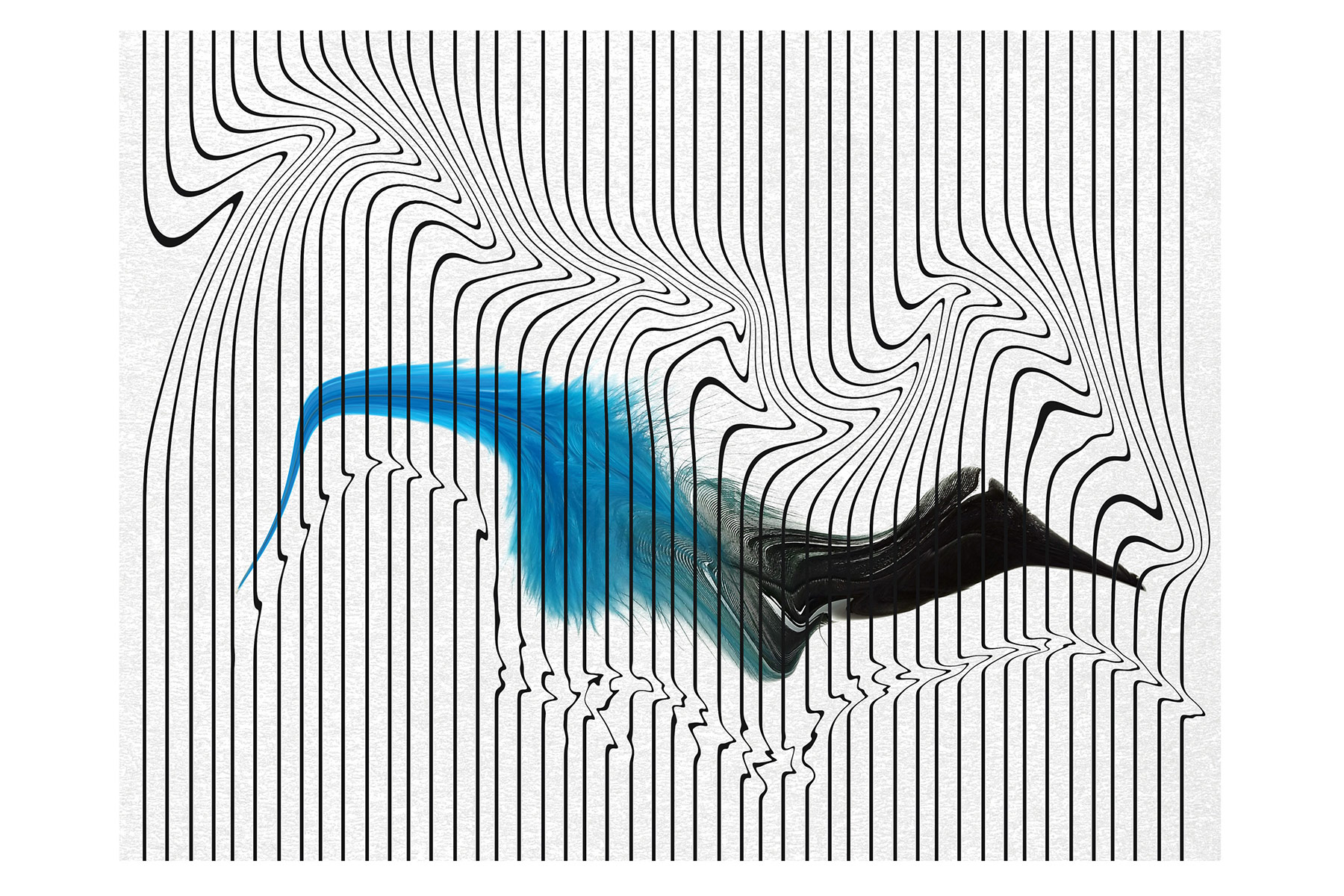
Perception of the image is always affected by our knowledge or experiences gained throughout life. Sometimes, it is difficult to have a common opinion on the story depicted by an illustrations in the story. One of my aims is to give a reader freedom of interpretation while exploring the semi-abstract visual story, freeing them from the boundaries of the common sense and giving them the option to think outside the box. This way, I hope to provide a viewer with an opportunity to find something more meaningful than just the content of the text included in my project. The visuals should work as a trigger to open the door to one’s imagination. “The views held about the nature of dreams differed vastly through centuries and through various cultures. But whether one believes that dreams are real experiences of our disembodied souls, which have left the body during the sleep, or whether one holds that dreams are inspired by God, or by evil spirits, whether one sees in them the expression of our irrational passions or, in contrast, of our highest and most moral powers, one idea is not controversial: the view that all dreams are meaningful and significant. Meaningful, because they contain a message which can be understood if one has the key for its translation. Significant, because we do not dream of anything that is trifling, even though it may be expressed in a language which hides the significance of the dream message behind the trifling façade.” Erich Fromm The Forgotten Language: An Introduction to the Understanding of Dreams, Fairy Tales, and Myths There is obvious need to enrich our everyday life with something more colorful, something that goes beyond logic or reality. This urge is buried inside of our minds and displays itself through dreams — we have our visionary imaginations hidden in the subconscious.
According to Freud, dreams are both meaningful and significant. If one finds “the key” in the dream, importance of expression of our inner selves, fulfillment of irrational passions can be found. These statements bring about the questions such as: How do we find the keys leading to the essence of the meaning, how does the subconscious symbolize certain events, activities, and people in our dreams? In the search for the answers humankind has created a phenomenon that attempts to satisfy our curiosity, such as legends and myths redesigned by re-tellers’ fantasies and transferred from generation to generation. Like a dream, a myth offers its own symbolic language. The difference lays in non accidental religious and philosophical ideas expressed by symbolic language. However, the nature of myth is still irrational. More deliberate and methodized narrative symbolic articulation is used in fairy tales. Fairy tales offer a space where magic and reality meet, a space created by authors using general knowledge and common experience with edition of subjective and unique fantasy. They present stories, which make readers wander through dreamlike worlds and challenge them to explain the riddles included in between the lines. As I mentioned before, humans have the need to dream.
Fairy tales provide readers and writers alike with a chance to dream. This is one of the reasons we have fairy tales. They are assumed to be children’s literature, where one learns about authors’ fantasies about unreal lands and creatures, but obviously there is much more than this to fairy tales; thus, they could be equally fascinating for both adults and children. I rediscovered tales once again while looking for appropriate text for my thesis project. The main goal of my thesis is to create the project with a mixture of text and images working together as a visual story, which would be perceived subjectively by every reader. In the project, every chapter will include a part of readable text followed by abstract, indirect visualization of the text related to the same fairy tale. The reason behind creating indirect images goes back to rediscovering fairy tales and a chance to have freedom of visionary imagination. The images should enable readers to travel through their own fantasy. In my thesis project I want to put text and images on the same functional level: these two should have stronger connection than usual and unifying meaning. The visuals should work as a trigger to open the door to one’s imagination, like it happens with the language in fairy tales. From the perspective of J. Derrida, author of Of Grammatology, language never offers direct contact with reality. On the contrary, language inserts itself between the readers and the world.
I will attempt to create book illustrations equal to the functionality of text, non transparent medium between the reader and the fantasy world. After trying out different texts, like haikus, poems or letters, I finally stopped at my choice: Brother Grimm’s fairy tale The Three Languages. I picked one of Brother Grimm’s less popular stories, as there are very few experimental or innovative illustrations created for it. Thus, it provides me, as a designer, with an opportunity to be free from influences of traditional illustrations and, more importantly, to provide readers with abstract images assisting them with reading in between the lines. Furthermore, when it comes to fairy tales almost every reader has his/her own interpretation. Folklorists, cultural anthropologists, historians, educators, literary critics, psychologists, even criminologists, they all interpret it differently. For instance, some folklorists claim is based on actual facts of werewolves attacking children. Some mythologists interpret the girl as allegation of the burning sun. There are as many interpretations of this short story as critics read it. In my project, I would like to leave the freedom of interpretation up to the readers, freeing them from the initial background of the story or illustrator’s direct depiction of the scenes. Everyone has to have his or her own ideological direction. This makes the reading experience more than just enjoying the fictional essence of the story, it activates one’s fantasy and maybe even opens doors they did not even know existed.
Anna Gvelesiani
Institut Visuelle Kommunikation, FHNW HGK, Freilager-Platz 1, CH-4023 Basel
+41 61 228 41 11, info.vis_com.hgk@fhnw.ch, www.fhnw.ch/hgk/ivk



